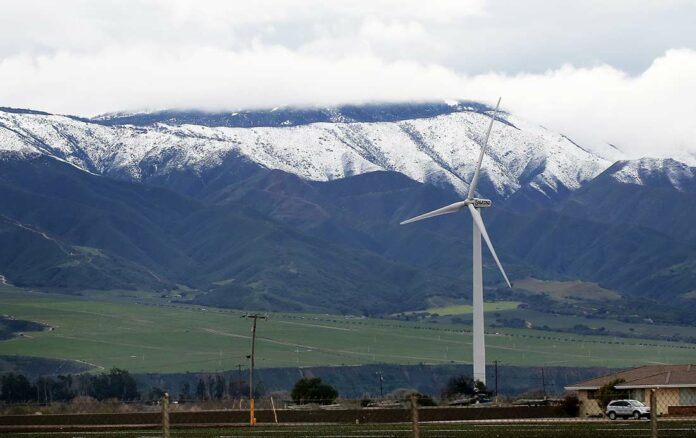
CENTRAL COAST—Forty percent of Santa Cruz County has now been deemed drought-free due to the rains that have drenched the Central Coast since the year began.
Meanwhile, 17% of California is now out of drought conditions following a federal drought monitoring program’s report Thursday.
The U.S. Drought Monitor, which is produced by the National Drought Mitigation Center at the University of Nebraska-Lincoln, the National Oceanic and Atmospheric Administration and the U.S. Department of Agriculture, said that a little more than 60% of Santa Cruz County is considered “abnormally dry.”
Monterey County has fared even better, officials said, with 73% listed drought-free.
In 2022 around this time, Santa Cruz County was experiencing “severe drought,” according to the same monitor.
Meteorologists with the National Weather Service said Thursday that the High Sierra has now been rated as the snowiest spot in the U.S so far this season.
Satellite data and other measurements show that locations 7,000 feet and above in the Central and South Sierra have accrued more than 40 feet of snow since Oct. 1.
Rick Canepa, a meteorologist with the National Weather Service of Monterey, said a shallow dry cool arriving Thursday evening will spill over into today, bringing morning patchy fog and continued lower temperatures.
“That system will coincide with a low pressure system arriving over the weekend coupled with colder weather,” he said. “This amounts to below normal temperatures into the weekend and the start of March. The snow level will drop down Saturday and Sunday between 2,000 to 3,000 feet.”
Canepa said that between Dec. 1 to the end of February, Watsonville Municipal Airport reported 26.97 inches, or 214% of the normal level of rainfall. The overall 30-year annual average is 22.35 inches.
Also, officials have closed Murphy Crossing Road at the low water crossing due to heavy recent rains that have sent the Pajaro River over the top of the crossing.
For information on the drought monitor, visit droughtmonitor.unl.edu.


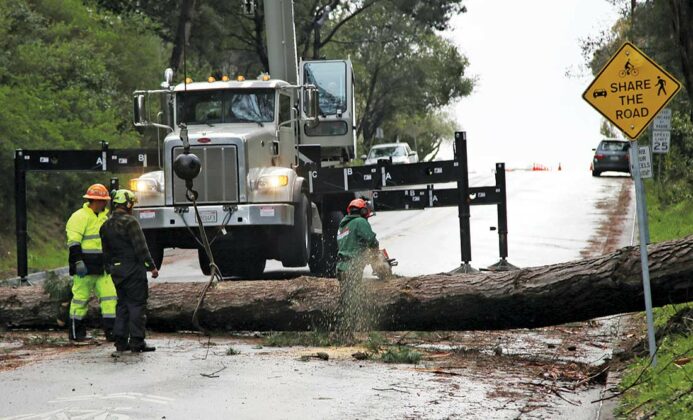
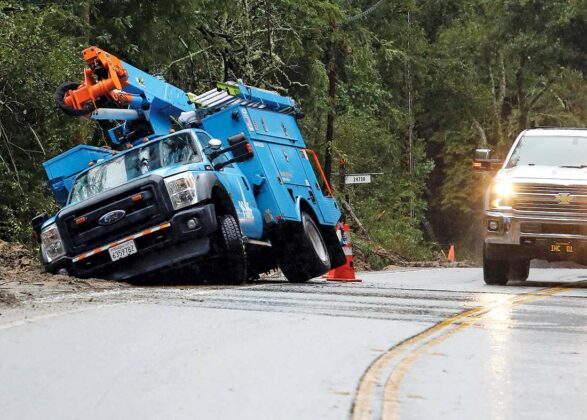
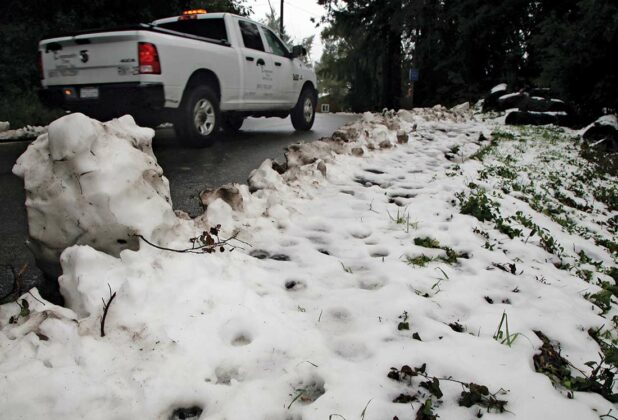
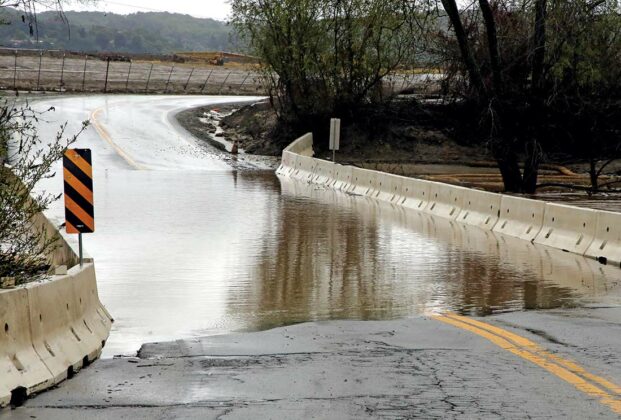
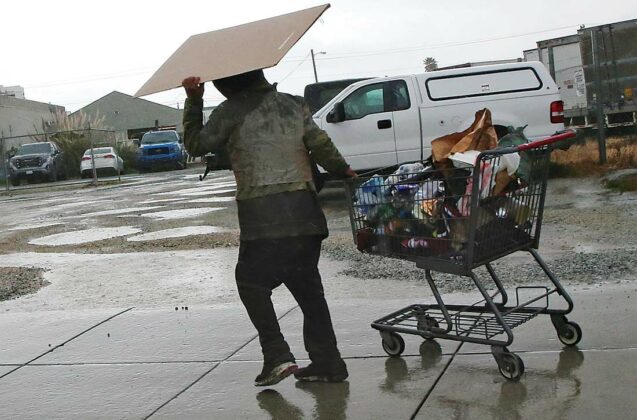












“17% of California is now out of drought conditions”. What a lie! The politicians will never admit we are out of a drought because they will lose their power and control. What is controlled is the weather so the politicians have power and we will have to lockdown to save the climate.
https://www.geoengineeringwatch.org/the-dimming-full-length-climate-engineering-documentary/